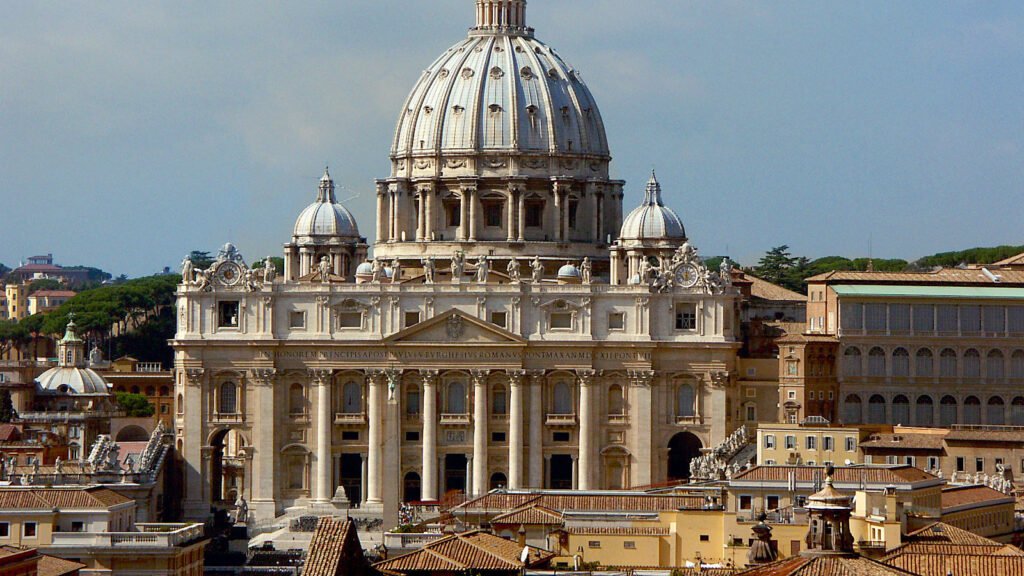Renaissance Architecture and Its Impact
Renaissance architecture, emerging in Europe during the 14th to 17th centuries, marked a revival of classical principles, artistic innovation, and humanist ideals. This period witnessed a profound transformation in architectural theory, design, and urban planning, leaving a lasting impact on Western architectural traditions and cultural heritage. Here’s an in-depth exploration of Renaissance architecture and its enduring influence:

Renaissance Architecture and Its Impact
Characteristics of Renaissance Architecture
Classical Revival: Renaissance architects drew inspiration from classical Greco-Roman architecture, reintroducing principles of symmetry, proportion, and mathematical harmony. They studied ancient Roman and Greek buildings, seeking to emulate their aesthetic ideals and architectural forms.
Humanist Ideals: Humanism, a cultural and intellectual movement, influenced Renaissance architecture by emphasizing human-centered values, rationality, and the pursuit of knowledge. Architectural designs aimed to reflect these ideals through clarity, order, and the celebration of human creativity.
Centralized Planning: Renaissance architects favored centralized and harmonious spatial arrangements, often using geometric shapes and proportional systems to organize buildings and urban spaces. This approach aimed to create balanced, cohesive environments conducive to civic life and intellectual pursuits.
Key Innovations and Architectural Elements
Domed Structures: Renaissance architects mastered the construction of domes, inspired by ancient Roman examples. The dome became a symbol of architectural achievement and was prominently featured in buildings such as Florence Cathedral’s dome by Filippo Brunelleschi.
Classical Orders: Architects revived and refined the classical orders—Doric, Ionic, and Corinthian—which dictated column design and architectural ornamentation. These orders provided a vocabulary of forms that conveyed cultural and symbolic meanings in buildings.
Perspective and Illusion: Advances in perspective drawing and mathematical principles allowed architects to create spatial illusions and depth in their designs. This technique, championed by artists like Leon Battista Alberti, enhanced the visual impact and realism of architectural compositions.
Architectural Masterpieces
St. Peter’s Basilica: Designed by Donato Bramante and later completed by Michelangelo and others, St. Peter’s Basilica in Vatican City exemplifies Renaissance grandeur. Its centralized plan, majestic dome, and harmonious proportions reflect Renaissance ideals of spiritual and architectural perfection.
Palazzo Medici Riccardi: Designed by Michelozzo di Bartolomeo, this palace in Florence showcases Renaissance principles of symmetry, proportion, and classical elegance. It served as a model for Renaissance palaces and urban residences across Italy.
Impact on Urban Planning and Cultural Legacy
Urban Renaissance: Renaissance architects contributed to urban planning by designing piazzas, public squares, and civic buildings that fostered social interaction and civic pride. Cities like Florence, Rome, and Venice became showcases of Renaissance urban renewal and cultural achievement.
Cultural Renaissance: Renaissance architecture became a symbol of cultural renewal and artistic innovation, influencing not only buildings but also sculpture, painting, and decorative arts. It promoted a holistic approach to design that integrated architecture with the broader cultural and intellectual landscape of the period.
Conclusion
Renaissance architecture revolutionized the built environment of Europe, ushering in a period of artistic revival, intellectual inquiry, and cultural flourishing. Its emphasis on classical ideals, humanist principles, and architectural innovation laid the foundation for modern architectural practices and continues to inspire architects, scholars, and admirers around the world. The legacy of Renaissance architecture stands as a testament to the enduring power of design to shape societies, elevate human experience, and celebrate the beauty of the built environment.
3.5
